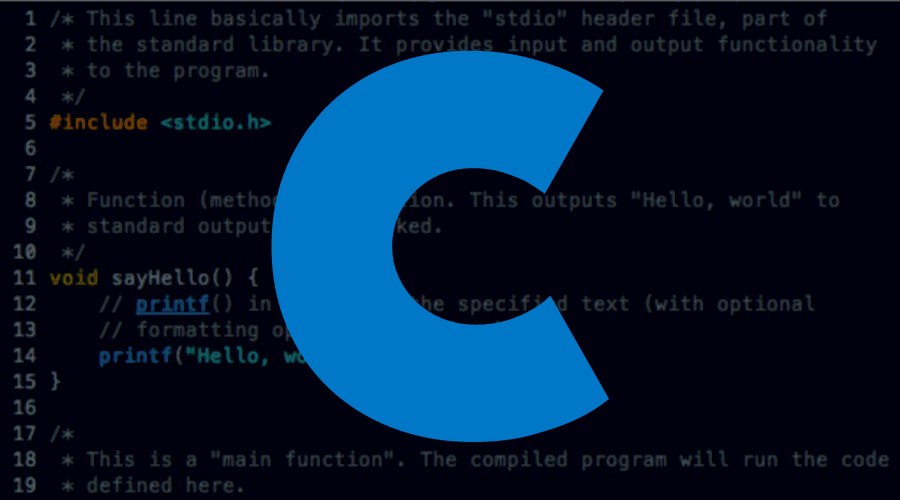Mathematics, writer and countess, Augusta Ada Byron King – better known as Ada Lovelace – is the world’s first programmer. She is responsible for the first algorithm that was used by a calculator called the Analytical Machine, as close as a computer would be in the early 19th century. If she were alive, Ada would be celebrating 205 years today.
Ada Byron is the daughter of the illustrious British poet Lord Byron. She was born in London, United Kingdom, on December 10, 1815 and died in November 1852, still very young, at 36 years old. Although Ada’s work is part of the history of science and technology, her father never had the opportunity to recognize the importance of his daughter. A month after Ada’s birth, Lord Byron ended his relationship with the girl’s mother, Anabella, Lady Byron, and moved to Greece. When Lord Byron died, Ada was eight years old.
The mother, Lady Byron, feared that her daughter would become a poet and writer just like her father, but her daughter since she was a child, already showed commitment to mathematical, scientific and technological knowledge, even though she did not discard her interest and respect for poetry.
His involvement with technology and programming started early. When he was 17 he met the lady Mary Somerville, translator of the works of the French mathematician and physicist, Pierre-Simon Laplace, or Marquis de Laplace. Somerville had contacts with great inventors and scientists of the time and encouraged Ada to study mathematics and technology. Over time they became friends.
In 1834, when Ada was still 19 years old, she was invited to dinner at Somerville’s house, where she found Charles Babbage, who was working on a new kind of calculating machine. Later, Babbage’s calculator was called the Analytical Machine.
“What if a calculating machine could not only predict, but could act on that forecast?” Said Babbage over dinner, when they talked about his ideas. Ada was uneasy about Babbage’s almost platonic interest, but she couldn’t help.

In 1843, at the age of 28, married to the Count of Lovelace and mother of three, Ada translated an article by an Italian researcher, Menabrea. The article was a summary of the operation of Babbage’s analytical machine.
In showing the translation to the machine’s own idealist, Babbage suggests that Ada add her personal notes, which resulted in an article three times larger than the original. In the comments, Ada suggests that the machine could be used to produce complex music, accurate graphics and be used for both practical and scientific development.
She suggested to Babbage a plan for how the machine could calculate Bernoulli’s numbers, mathematical sequence of rational numbers deeply related to number theory. This plan is considered the world’s first computer program. In 1979, the United States Department of Defense developed a programming language, and in tribute to the author of the first program that was run on a machine, called the language of Ada.
Although she lived a short life, like her father’s, Ada is responsible for much of the scientific and technological development of what we know as modern computing. The countess carries the title of mother of programming.

Sources: Yale University; Mentalfloss.
See the original post at: https://thehack.com.br/conheca-ada-lovelace-matematica-do-seculo-xix-autora-do-primeiro-programa-de-computador/?rand=48873











